Aboriginal Rituals n.d.
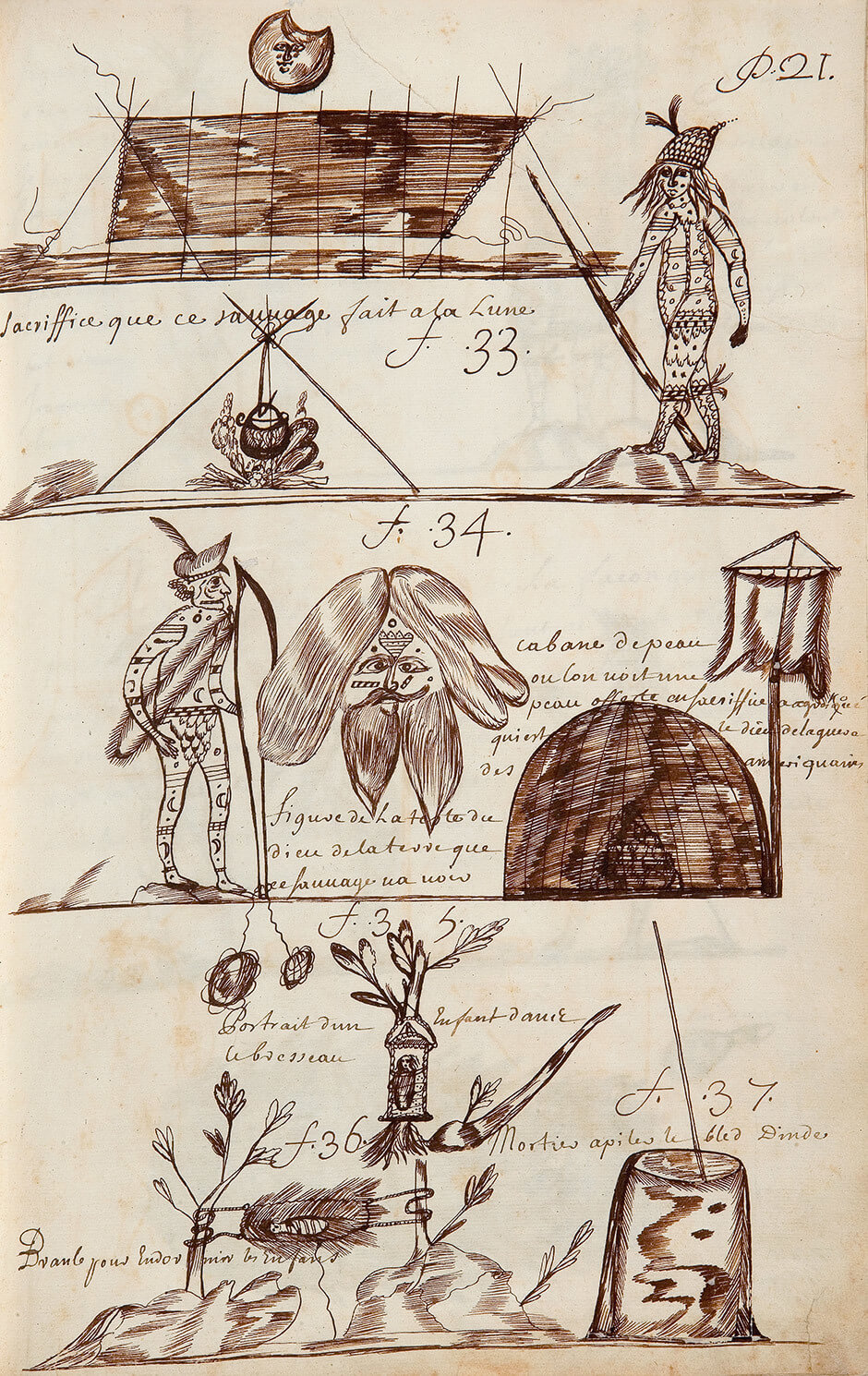
Louis Nicolas, Aboriginal Rituals, n.d.
Ink on paper, 33.7 x 21.6 cm
Codex Canadensis, page 21
Gilcrease Museum, Tulsa, Oklahoma
Nicolas was fascinated by Indigenous ways of life, and he eagerly recorded his impressions of a broad range of activities, including religious practices. The five images grouped together on this page capture Nicolas’s interest in Indigenous daily life and ritual. He called each of the different images a “figure,” which he marked with the letter “f,” and numbered them sequentially throughout his illustrated album, the Codex Canadensis.
On this page, in f. 33 Nicolas depicts the “sacrifice that this man is making to the moon”: he will soon offer the animal (a deer?) that he is roasting under the roof of the outdoor shelter to the moon above. The illustration f. 34 contains two images: “Cabin made of skin, where one sees a skin [on a pole] offered or sacrificed to Aguakoqué, who is the war god of the Americans,” as well as a “drawing of the head of the earth god that this man is going to see.” The cabin “made of skin” is a sweat lodge, and the man is carrying a bow and wearing a wooden mask, likely one from the False Face Society—a group of Iroquois healers or medicine men. This drawing is the only known representation of Indigenous masks from the latter seventeenth century. At this time, the French and other European colonizers generally held Indigenous art in the same low estimation they had for Indigenous religions and frequently described it as grotesque.
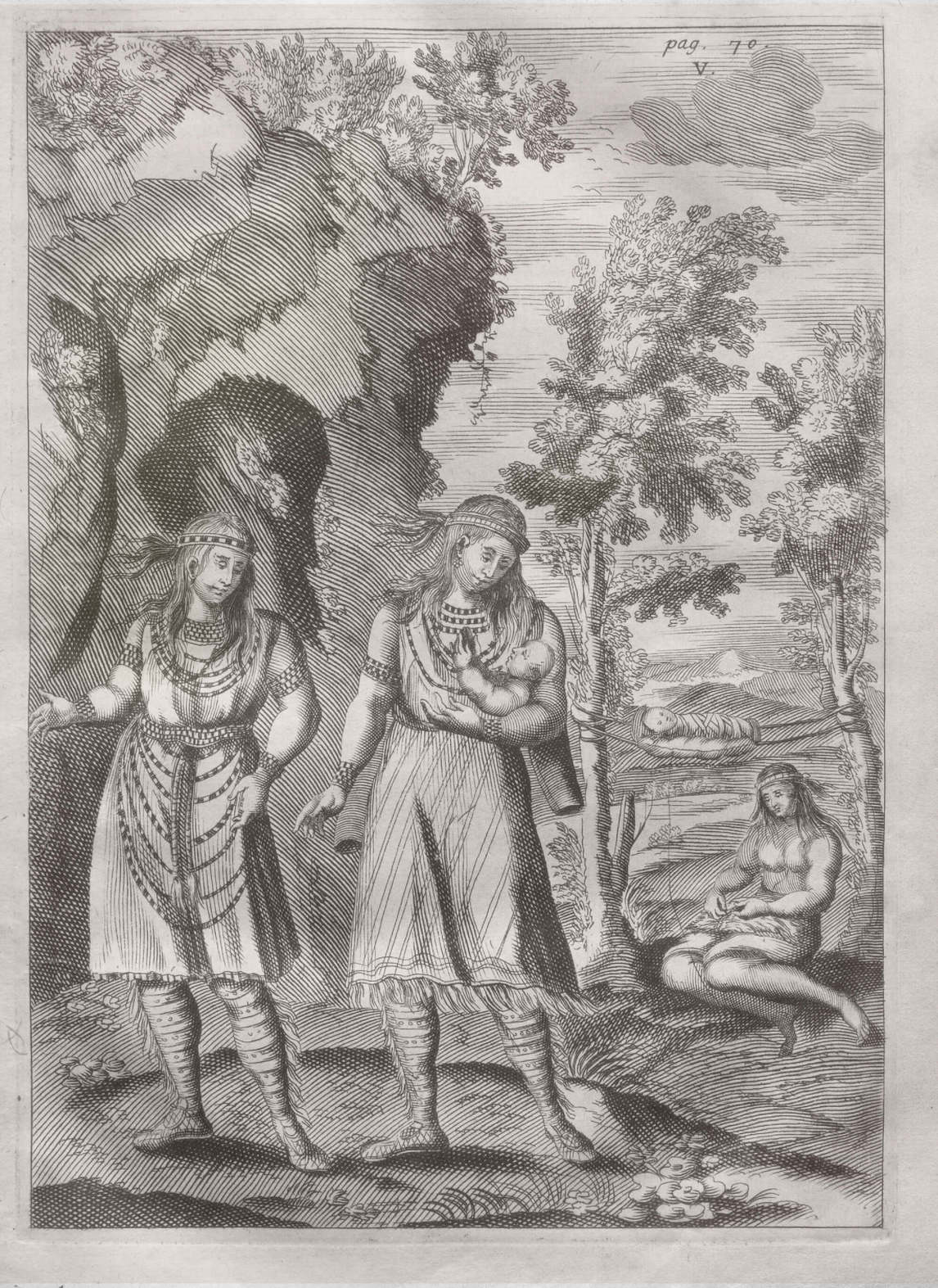
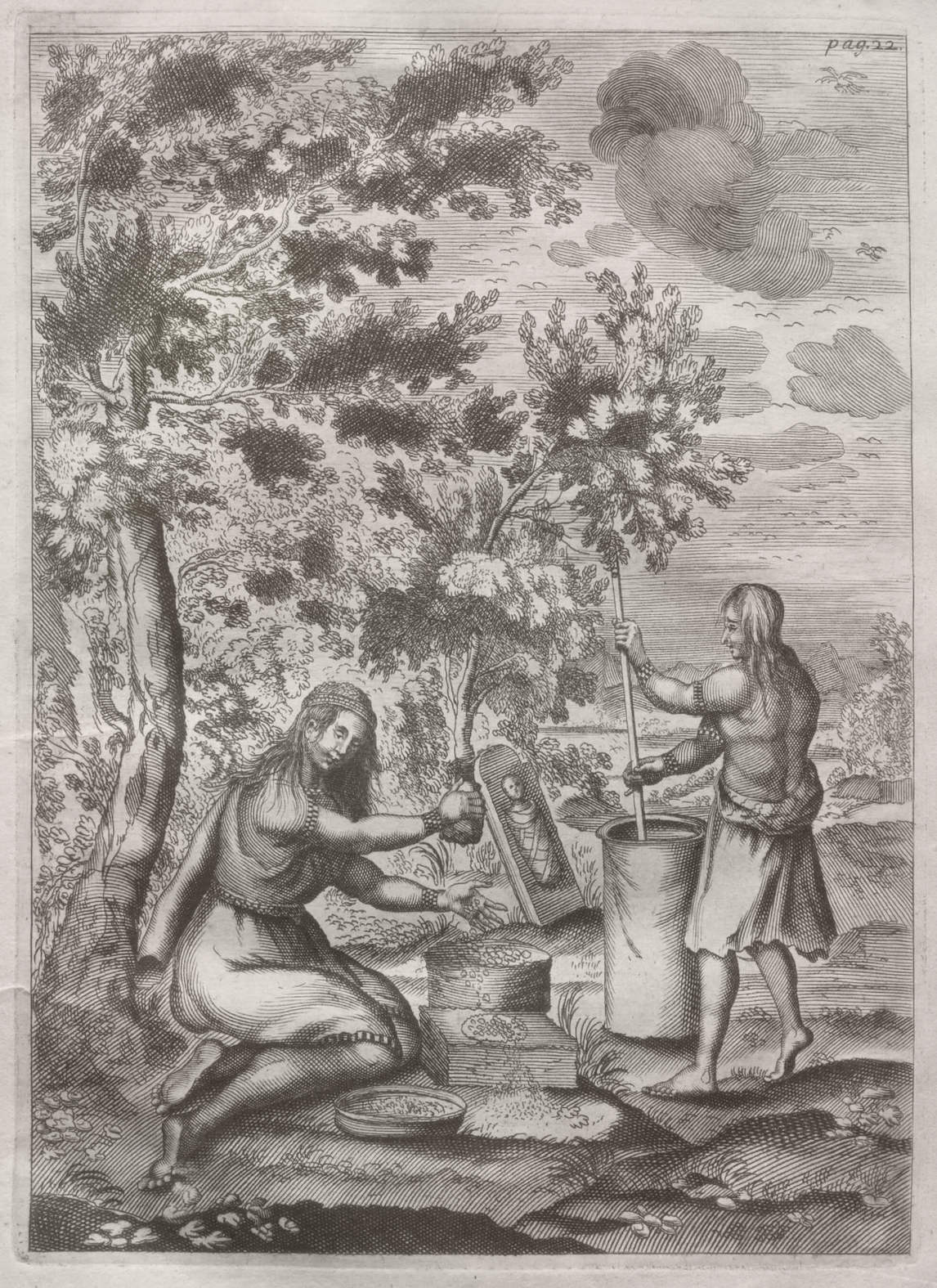
The illustrations f. 35, 36, and 37 are more domestic than divine in nature: a picture of a child lying on a cradle board positioned among tree branches, a child’s hammock, and a mortar for grinding corn. F. 35 and 36 are the only drawings of this set that were inspired to some extent by the engravings found in the volume by Father François Du Creux (1596–1666). Although these sketches ignore the mother figures found in the published engravings of these same subjects, they show valuable and detailed records of child-minding customs from this period.
In general, missionaries were critical of the beliefs of the people they sought to convert to Christianity. When Indigenous religious practices are mentioned in other seventeenth-century writings by early French explorers and missionaries, they are often ridiculed or denounced as inspired by the Devil. The Jesuit Paul Le Jeune (1591–1664), for instance, devotes one chapter in his 1634 Jesuit Relations(Relations des Jésuites) to “the beliefs, superstitions, and errors of the Montagnais.” Nicolas, as many passages of his The Natural History of the New World (Histoire naturelle des Indes occidentales) reveal, was no different, but in his drawings he recorded what he saw without any judgmental commentary.

 About the Author
About the Author
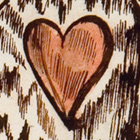 More Online Art Books
More Online Art Books
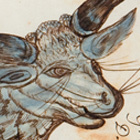 Acknowledgements
Acknowledgements